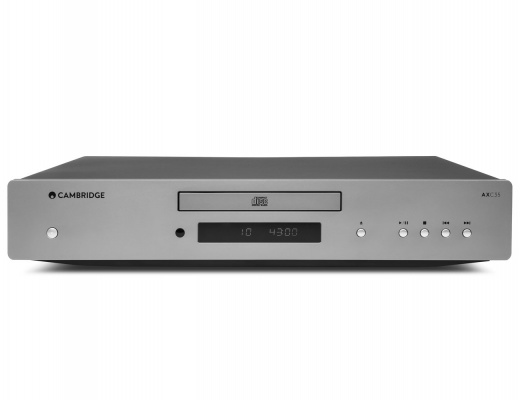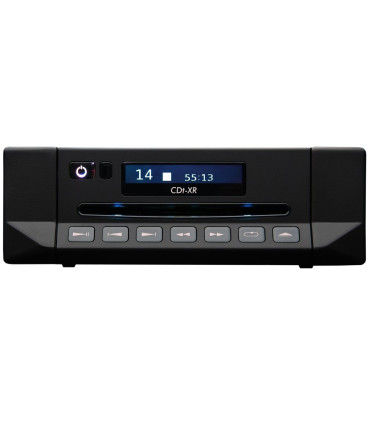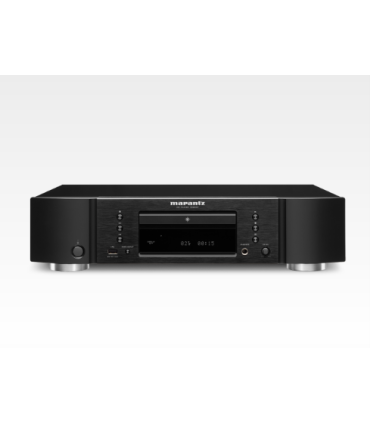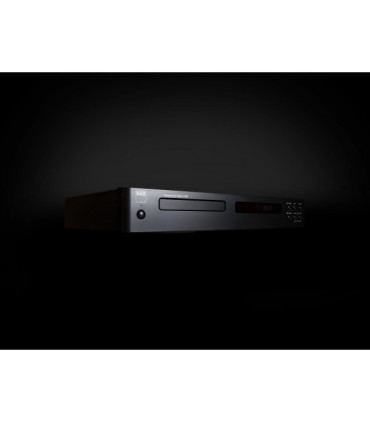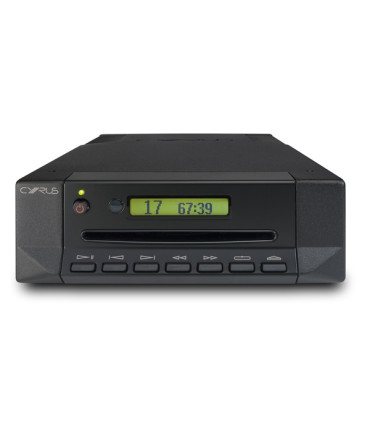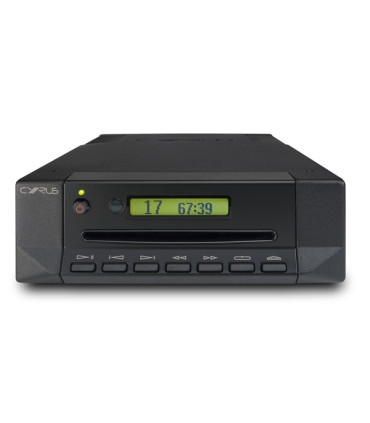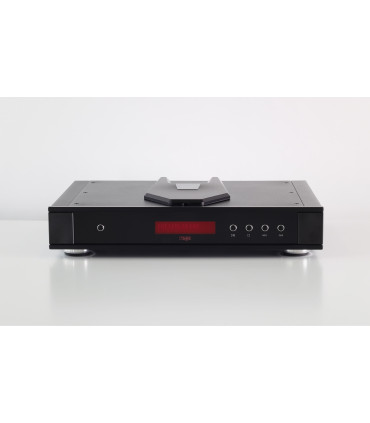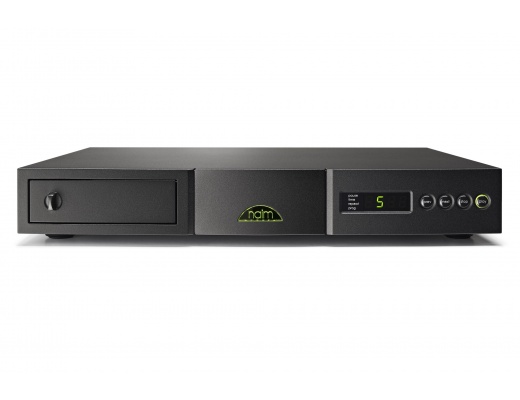CD Reading System - Cyrus Audio CD t + Metrum Amethyst DAC
The wonderful discovery of a perfect match. The Cyrus Audio CD transport "CD t" model includes many components of the 'top' Xt model. The data retrieve takes place with an ultra-reduced reading error, and they feel it; custom mechanics and servo-control. Two great machines for an incredible absolute quality and price/quality ratio.
Please contact us to find the right digital cable for your system.






































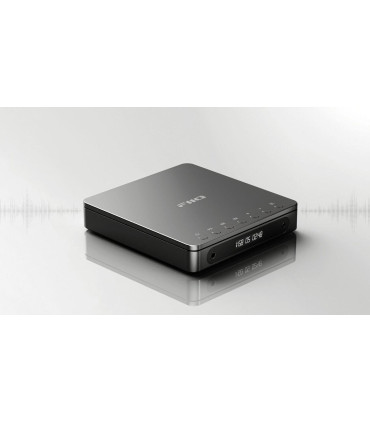
![Gold Note CD-1000 TRIO Digital Reading System [2nd hand]](https://www.playstereo.com/22299-home_default/gold-note-cd-1000-cd-player-2nd-hand-.jpg)
![Gold Note TUBE-1012 Valves Output Sage [2nd hand]](https://www.playstereo.com/23052-home_default/gold-note-tube-1012-valves-output-sage-2nd-hand-.jpg)
